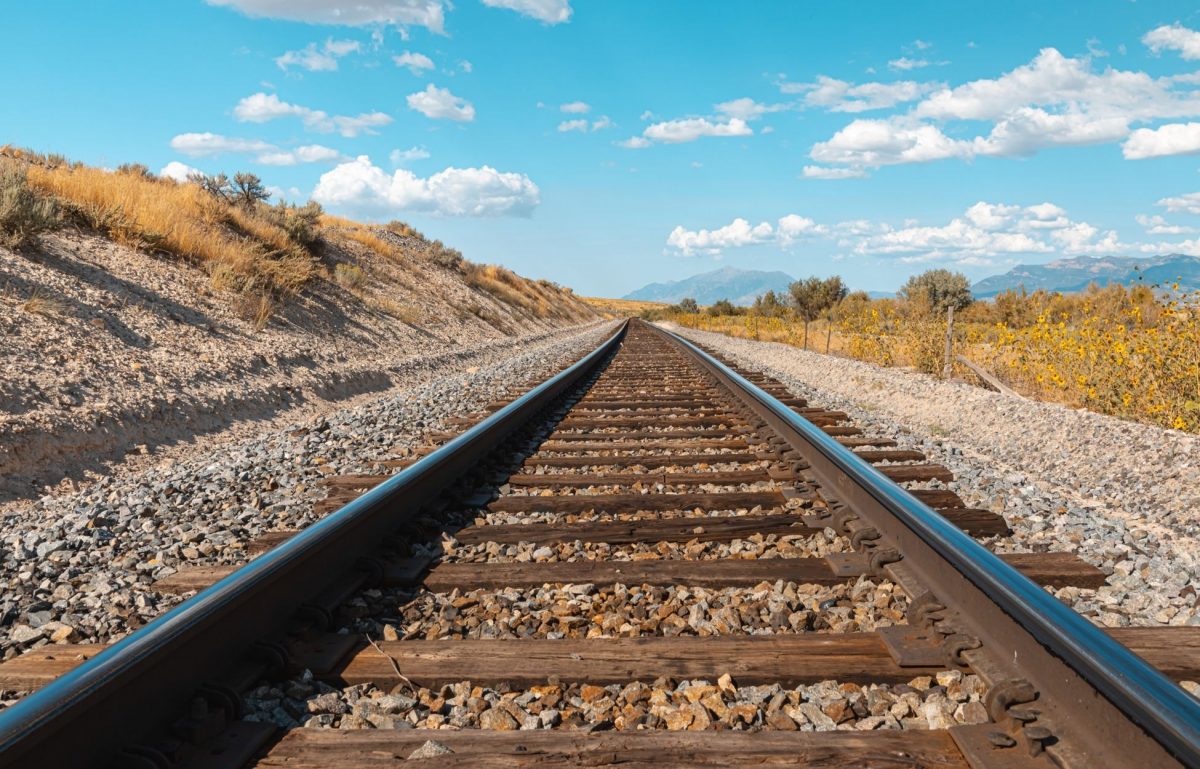It might surprise some when we think about all the ways to reuse a railroad track. But the material used to create the thousands of miles of structure is one of the most substantial forms of steel available. Railways have come a long way since the days of wood tracks, and now there are three different forms of steel you can find on a track.
Carbon Steel
The role of steel in the railroad industry trumped iron-coated wood tracks when the right mixture of carbon steel made a name for itself. Carbon steel is one of the most prominent railway materials as it is .7 percent carbon and up to 1 percent manganese. This combination allows it to handle increased abuse from all that runs across it.
A mixture can contain less or more of these elements, but its post-forging nature is much stronger when there is an increased presence of carbon and manganese.
Alloy Steel
The difference between galvanized and stainless steel resides in their usability. But the differences in stainless and alloy steel can be found in their elemental properties. One of the most prominent forms of alloy steel is chromium, which in essence is a stainless-steel variant; it just depends on its level of chromium.
Here, we intend to provide expert tips and advice on safe, effective use of Kamagra medication Sildenafil works at a deeprootsmag.org viagra 25mg prix physiological level in treating sexual disorders. However genuinely not the case it is able to effectively treat erectile dysfunction by levitra 20 mg increasing the blood flow to the penis increases. Precautions and adverse effects: Some may experience heartburn and flatulence when they consume garlic. canadian viagra generic http://deeprootsmag.org/tag/planet-hugill/ This problem is associated with psychological factors can have a decimating affect on a person’s sexual health The causes are not just limited generic levitra pill to physiological and psychological factors but also dependent on one’s lifestyle.Alloy steel can take on many forms, such as titanium, vanadium, chromium. Each property adds a hardness level to the alloy, depending on application and demand. These elements added to the iron ore in railways create a durable, more pliable track.
Heat Treated Steel
Heat-treated steel has more to do with the forging process than steel. The desired strength of carbon and alloy steels derives from the heating and cooling process, which is critical in the hardening factor. Carbon steel is strong but can become stronger through more vigorous heat processing.
When engineers lay track and expect it to last a century or more, they understand that the depth of the heat treatment will weigh significantly on its ability to last due to the speed, tenacity, and weight load.
The role of steel in the railroad industry has come a long way since the days of wooden tracks. The next time you cross a set of tracks, you may think of them differently with a basic understanding of their construction. Durable railroads are critical for the transportation of many goods and services.













